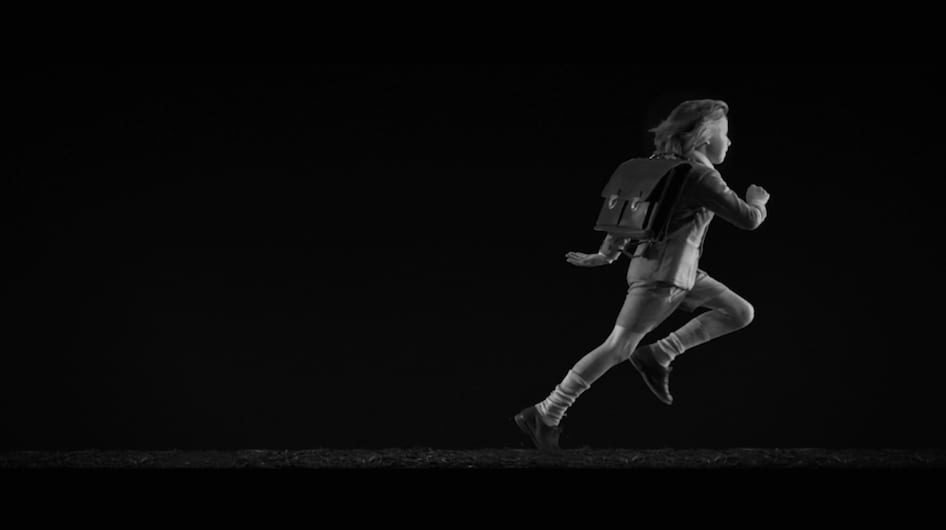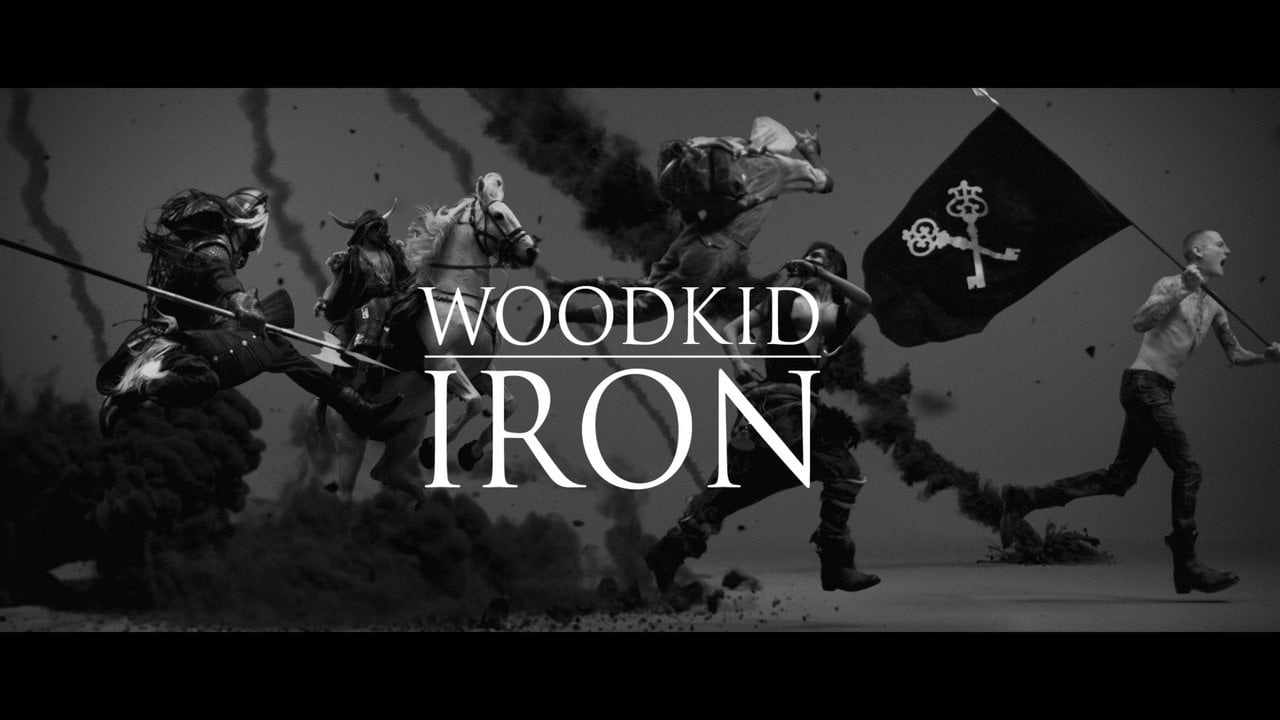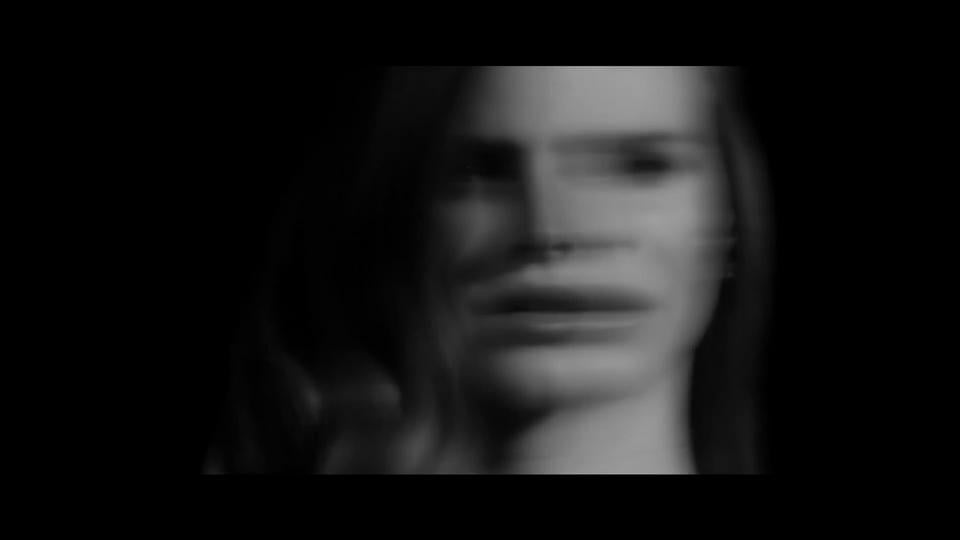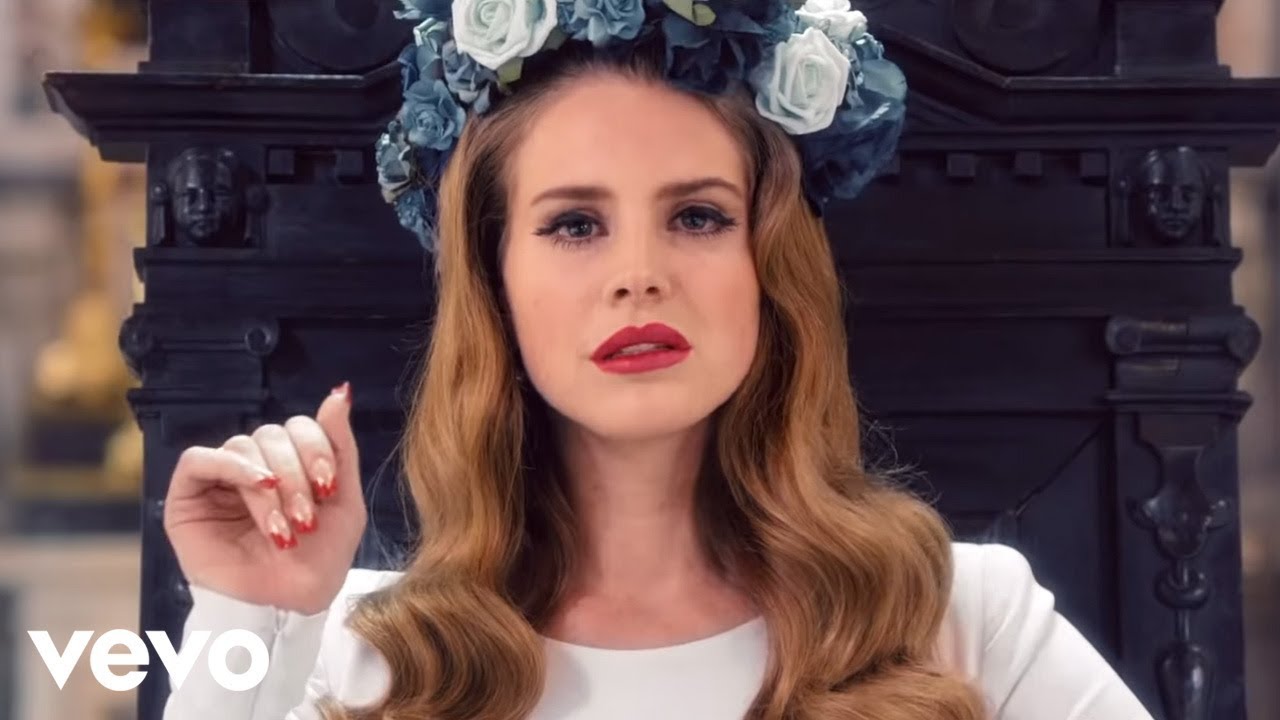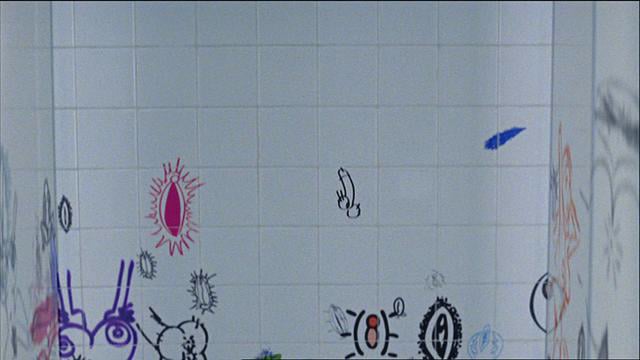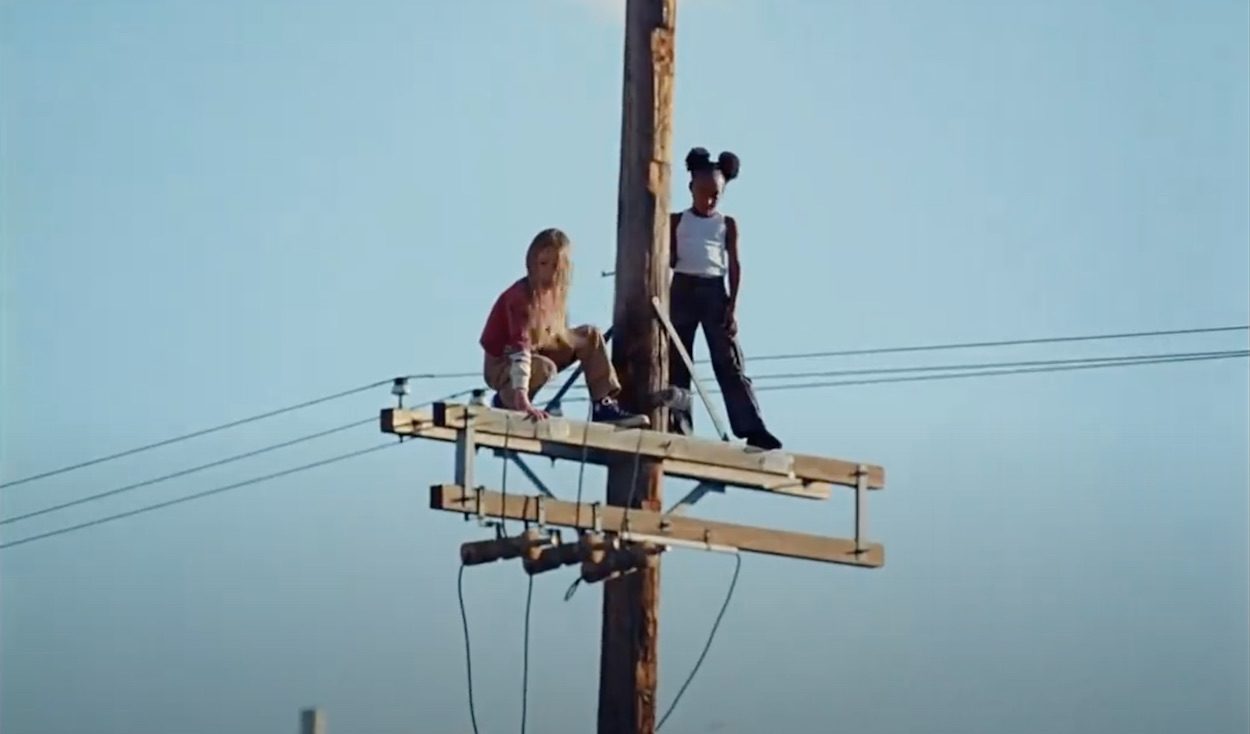Don’t we just love Yoann Lemoine? For some time now he’s been a director who has regularly caught our eyes with glints of genius and flashes of beauty. And it turns out that, as a musician, he has pretty much the same effect on our ears. His latest video, Run Boy Run, was created for one of his own songs and the resulting synthesis of sound and vision is both epically impressive and deeply personal. We spoke to Yoann about combining filmmaking with musicianship and flipping between the two.
When developing Run Boy Run, did the project start out as a collection of visual ideas or musical ideas?
It’s a lot about having visions first. As a director I need to see images, ghosts. It’s like memories or colors, textures sometimes, a sense of light. I make it come to life by gathering images, sounds, it comes from a very blurry and abstract starting point and then I elevate my visions, I sculpt them by gathering more images or more sounds, and I try to reach a momentum where all these references together make perfect sense to me.
I try to find links between images, sounds and emotions. I call it translations. What chord sequence would perfectly represent nostalgia, or a sense of revival for example? Which sound texture would be marble, or wood? Which sound would be a very bright light?
Are there any particular challenges that arise when working on both the track and the music video for a project, when compared to creating a video for another musical artist?
Not really, it’s much easier as I start thinking of the visuals as soon as I start the track! I can go much deeper as I agree with the artist on every point!
The video seems to draw from childhood fears, triumphs and make believe – did you draw from any personal experiences or memories?
A lot of course, I get inspired by my own sexuality, my own childhood, my own demons. It’s not an autobiography but I inject a lot of my personal stories and feelings in it obviously.
There is something very psychoanalytic in this album, it’s a real testimony.
But I’m mainly inspired by anything emotional. Could be my life or somebody elses. Could be paintings, films, food. I need to be emotional to create.
When I did Iron (see Related Content) I was in a very angry and rebellious state of mind. I needed to express those bad emotions and transcribe them into an art piece.
Sometimes when I watch a beautiful sad movie, I want to write a song right after, just transcribe this thing that happens in my body into vibrations. It’s a fuel somehow. I need to be feeder with these feelings.
I actually never really feed me with music really.
The monsters are amazing – what inspired the character design and who helped you create them?
I wanted something very organic and woody, in opposition to the city that was very cold and mineral. I worked with an amazing French costume designer called Rosalie.
She did an amazing job interpreting my visions.
I love the evolution of the main character from fearful boy to triumphant hero – just as the boy picks up various weapons and helmets on the way his expression also changes. How did you go about coaxing this performance from your actor? And what does his transformation mean to you?
It’s really about the transformation of the child to an adult, his future collision to the city, the delusion that’s gonna happen next, his imagination versus the social moral.
I had to direct him chronologically, from his fears to be cabled, his tension, to his release after two days of shoot where he was laughing and playing with the stunt. It was great to see him evolving like that.
It felt like there were a lot of ideas from and visual nods to fantasy literature – did you have any particular influences?
I love the idea of recreating a whole society, from religion to geography, to cults and costumes… It’s a perfect ground for symbolisms and metaphors, which are my favourite tools to create stories and emotions.
I think it’s a world that has to be renewed and that you can very easily mix with fashion, cinema and contemporary art.
I’m a big video games player, I specially enjoy the final fantasy series. I guess it makes sense!
What was the trickiest element of the project?
Compositing! Every monster was shot separately, the last massive fresco had more than 400 layers of explosions and dust and characters.
It’s very tricky to compose such paintings when everything is moving and render times are so long!
See Yoann Lemoine’s directing work for other musicians in Related Content
LINKS:
